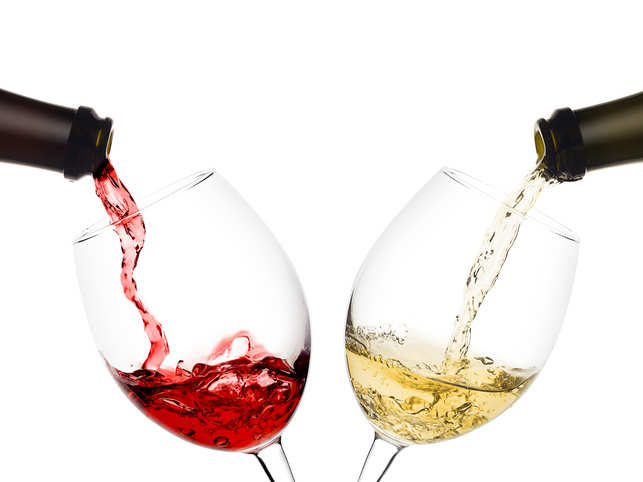Are you baffled by the huge variety of French wines and completely lost when it comes to deciding which wine will best suit your needs?
Each of the eight wine producing regions of France specializes in producing wine of a particular type and flavor and this simple overview will hopefully make choosing French wines a little easier.
Burgundy
Burgundy wines are produced from the black Pinot Noir and Gamay grapes and from the white Chardonnay grape.
The Pinot Noir is probably one of the world’s oldest grape varieties and is notoriously difficult to grow. It does however produce some of our best wines which are full-bodied and rich and at the same time can be light, soft and velvety. Pinot noir wines often have an aroma of cherries accompanied by a spiciness that is reminiscent of cinnamon or mint.

The Chardonnay grape is a very popular grape which produces light, delicate dry wines with a distinctive but often difficult to describe aroma conjuring up a vision of apples, peaches or lemons.
Bordeaux
The wines of Bordeaux are based upon the related black Cabernet Franc and Cabernet Sauvignon grapes, found particularly in the Medoc district of Bordeaux, and the black Merlot grape.
Cabernet Sauvignon wines improve greatly with age and are often amongst the world’s truly great wines. With age the distinctive blackcurrant aroma of wines from this grape develops overtones of cedar, violets and leather and the wines, which are characteristically deep in flavor, often become smooth and soft.
Wines made from the Merlot grape are very similar to those produced from the Cabernet Sauvignon grape but have a less distinctive aroma and flavor.
If it seems strange that white wines should be produced from black grapes then bear in mind that grape juice, whether from black or white grapes, is essentially colorless and it is the skin of the black grape that gives the wine its color.
Rhone
The grape varieties most often seen in the Rhone valley are the black Cabernet Sauvignon and Syrah grapes and the white Muscat grape.
Syrah grapes produce intense rich wines which are almost black in color and which have an aroma that is spicy in nature. The Rhone Syrah grape forms the base for many blended wines including the well known Chateauneuf du Pape
The Muscat grape gives rise to intense, sweet wines with a strong and easily recognized aroma. In addition, and unusual for a wine, wines from the Muscat really do taste of grapes.
Loire
The grapes of the Loire include the black Pinot Noir and the white Sauvignon Blanc and Pinot Gris grapes.
The Sauvignon Blanc grape is grown all over the world today and it is very widely used for blending. In the case of the Loire however it is used to make a distinctive unblended dry white wine with a characteristic sharp and aggressive smell.
Pinot Gris wines often display a slightly floral and lightly lemon flavor and, depending upon the ripeness of the grape at harvesting, wines that are either light and tangy or rich, round and full bodied. Pinot Gris makes one of the few white wines that can be said to age well.
Alsace
Although the grapes of the Alsace are similar to those used in the Loire, growing conditions in this region tend to produce wines which bear the characteristics of many German rather that French wines.
The wines in this region are similar to Riesling and the sweeter German wines. Some rosé wines are also produced in Alsace.
Champagne
The main grapes of the Champagne region are the black Pinot Noir and Pinot Meunier and the white Chardonnay.
The wines of the Champagne region can best be described as thin and tart and provide the perfect base for what many believe to be the world’s finest sparkling wine.

Beaujolais
Beaujolais wines are made from the black Gamay and white Chardonnay grapes.
The wines of this region are often light in nature, fresh tasting and with a somewhat fruity flavor. Many Beaujolais wines are also slightly fizzy in nature.

